Porsche 356 America Roadster
As is well known, Porsche presented the first own sports car 356/1 with a mid-engine layout in 1948 and one year later presented the project 356/2 as Coupé and Cabriolet with rear engine into series production. After the first 50 units with aluminium body came off the assembly line in Gmünd, Austria, the company moved back to Stuttgart, where a new production facility was built in the district Zuffenhausen in the immediate vicinity of the coachbuilder Reutter. There, the bodies of the 356 were now built in steel construction, with Porsche taking over this part of the company in 1963 and Reutter since then only developing and selling seats under the name Recaro. While early series vehicles of the 356 were reserved exclusively for the European market, exports to overseas countries soon began. Especially the US-Americans had a high demand for small sports cars for club sport races at that time.
Among the many importers in the early days, one name stood out that car fans knew from various other sports car projects in the 1950s: Max Hoffman. This resourceful businessman was born in Vienna/Austria in 1904. In 1941 he started his own business in New York with a shop for costume jewellery and after the end of the war he started importing European vehicles. At peak times he had sales contracts with more than ten brands in parallel. In addition, inspired by the wishes of his US customers, he constantly suggested new models in Europe. Examples are the Mercedes-Benz 300 SL or the BMW 507, but one of his earliest orders went to Porsche. Although the 356 was a decent sports car with which Hoffman was able to achieve various racing successes, many interested parties wanted a more spartan and cheaper entry-level model.
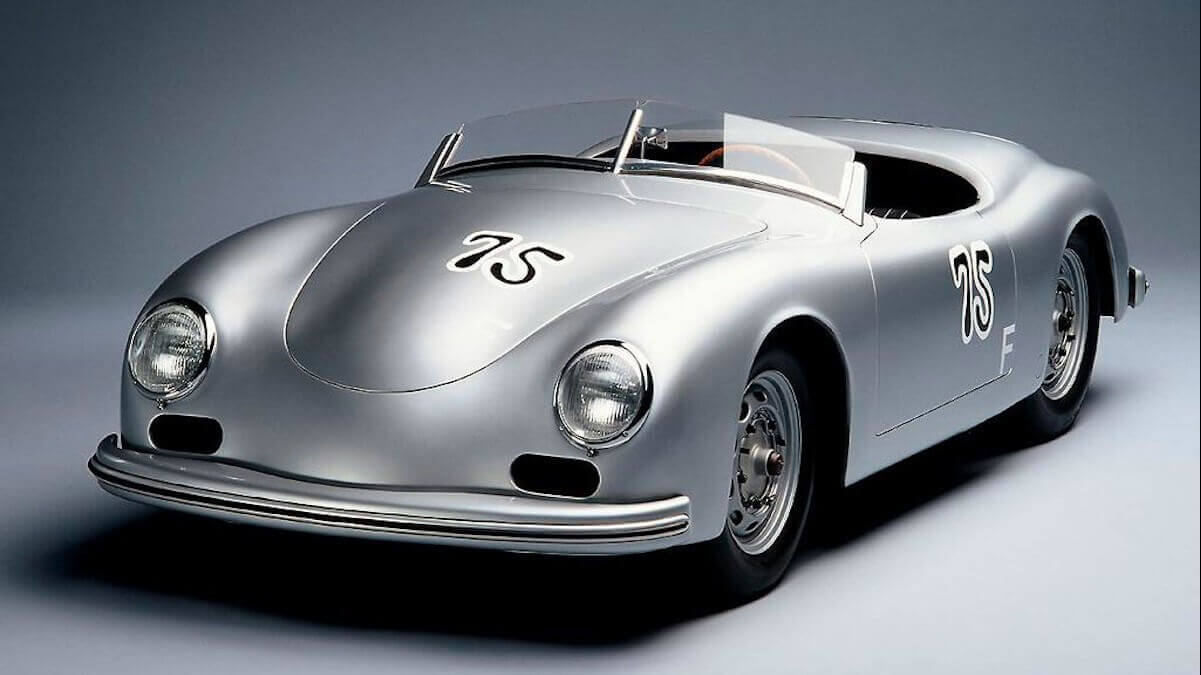



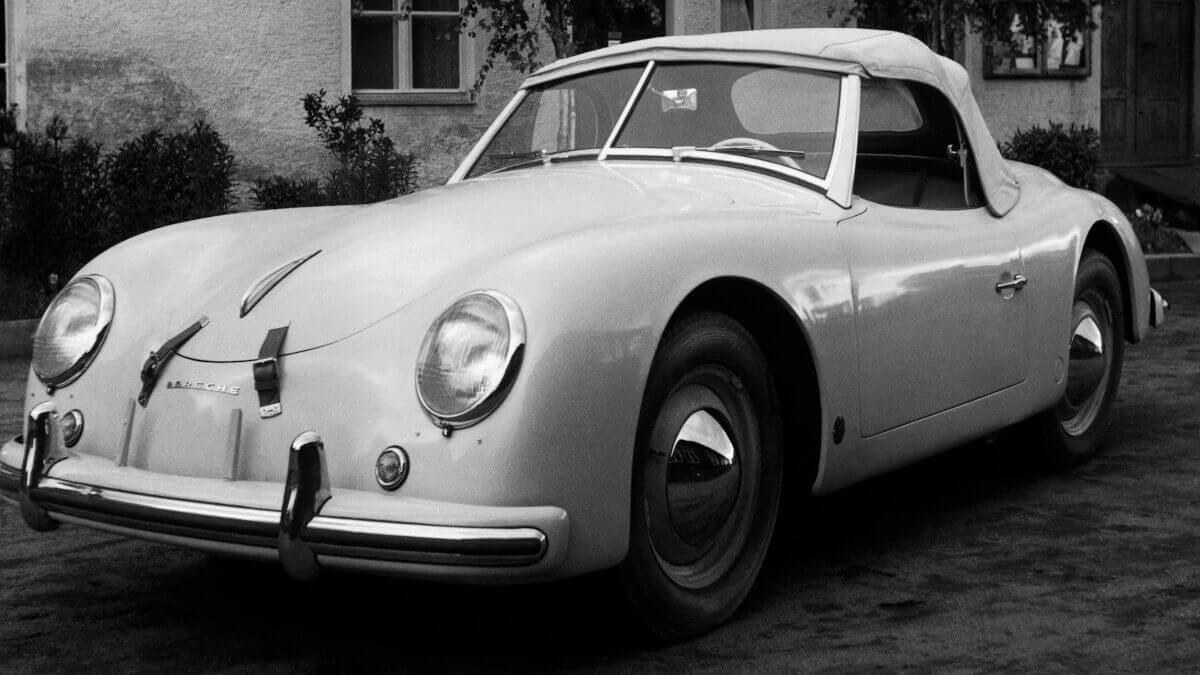



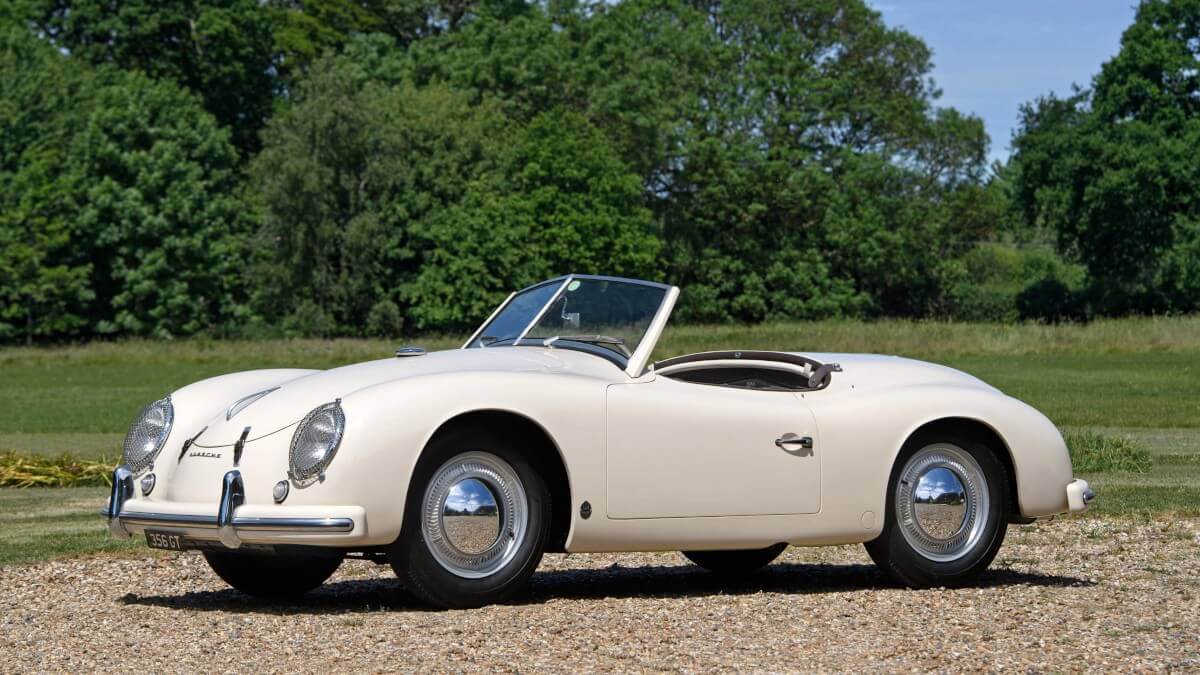



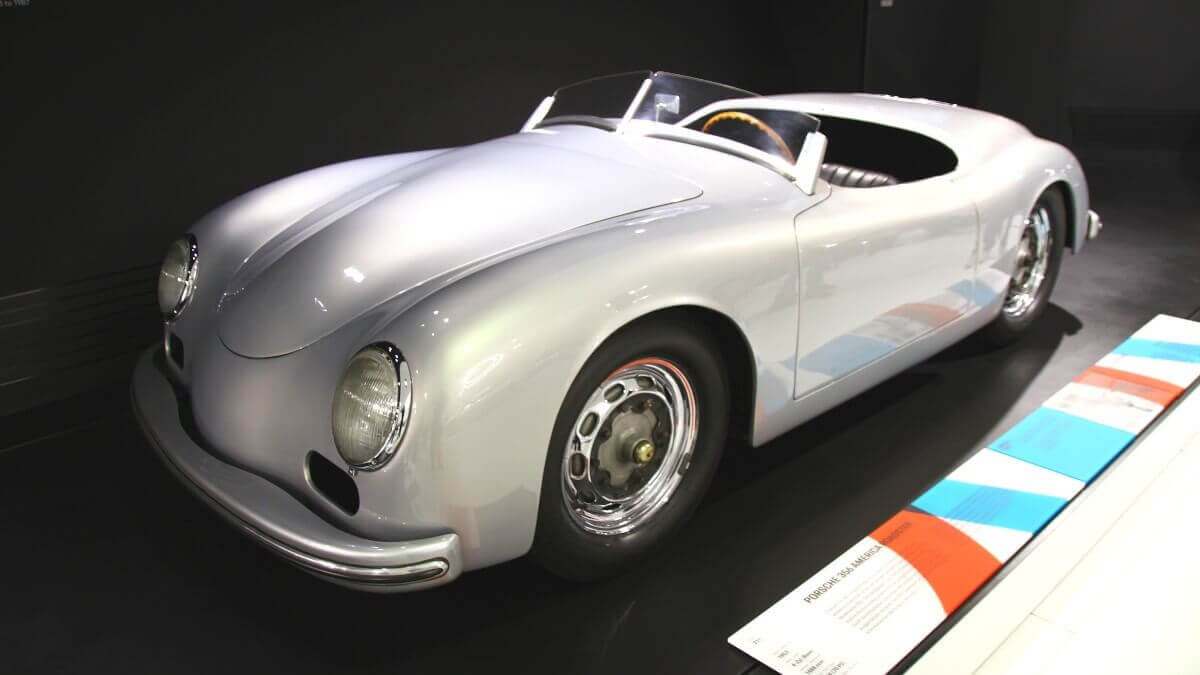







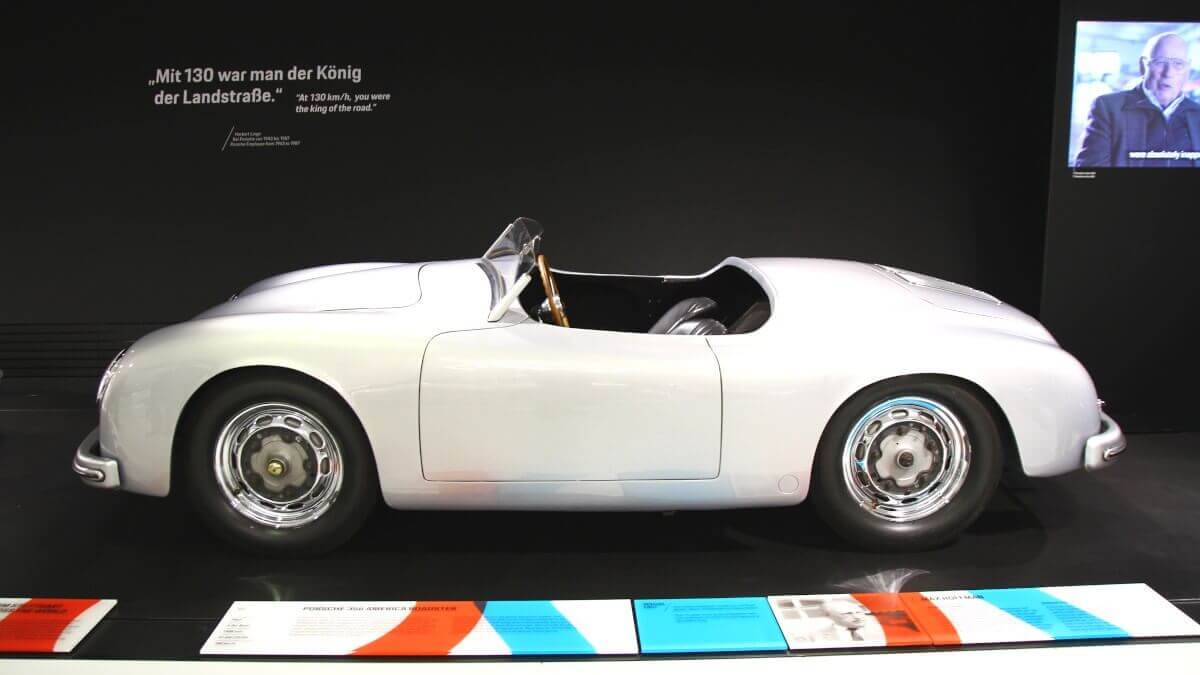



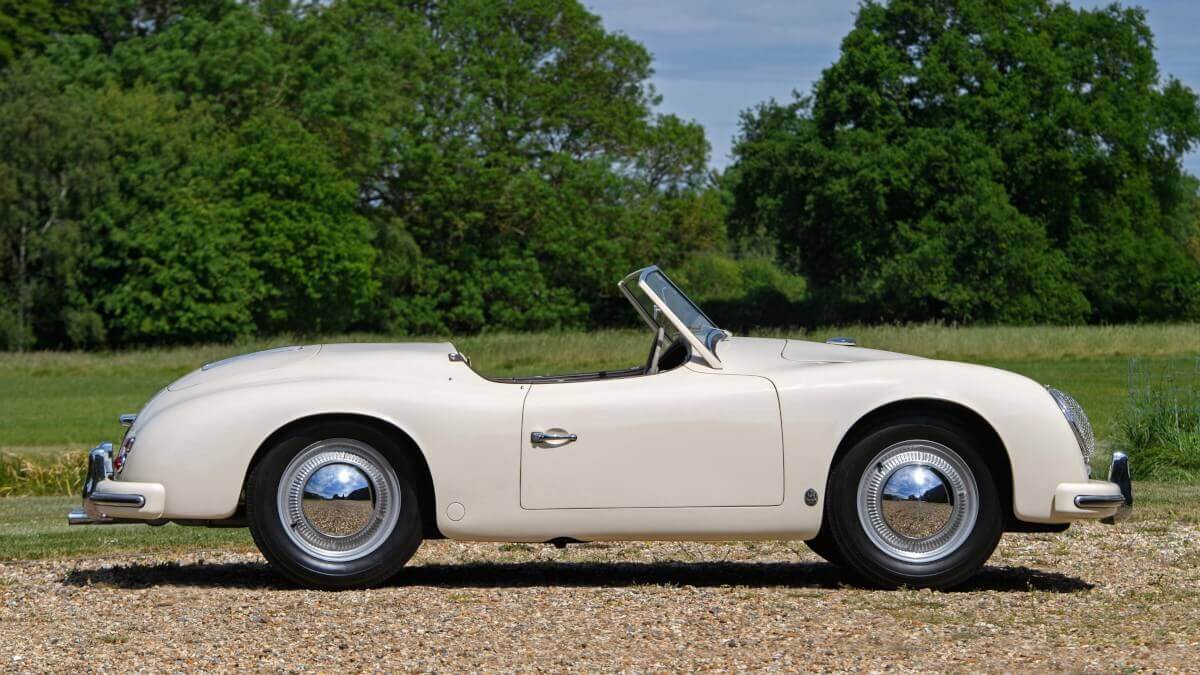



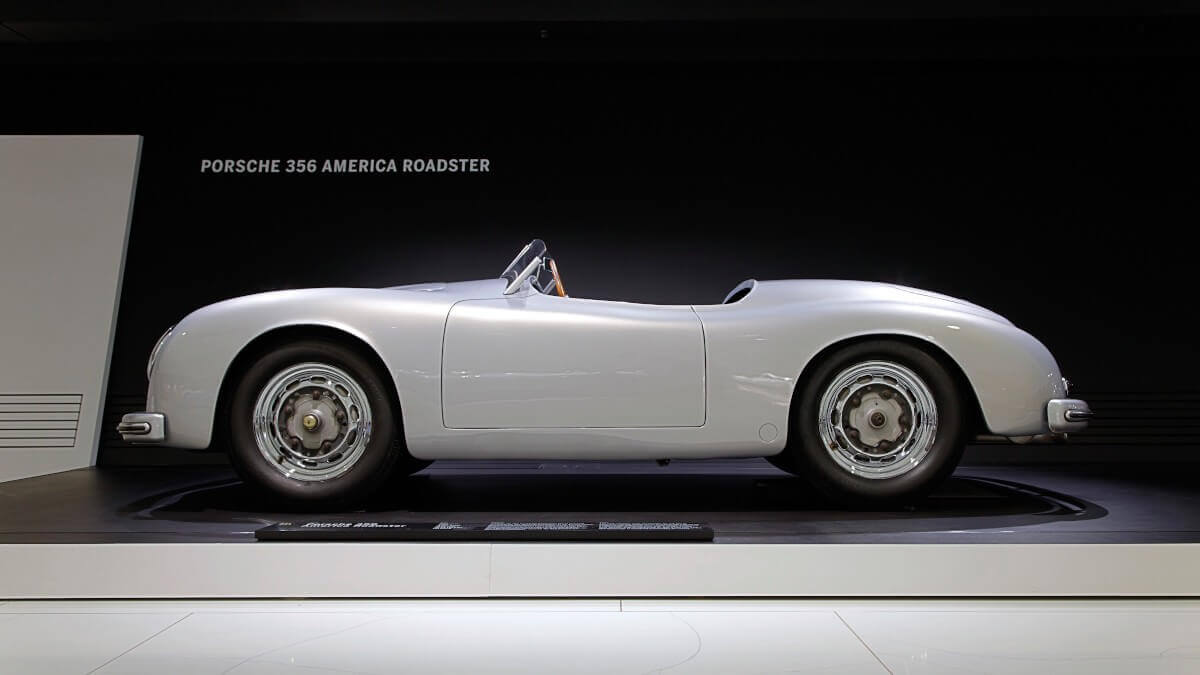



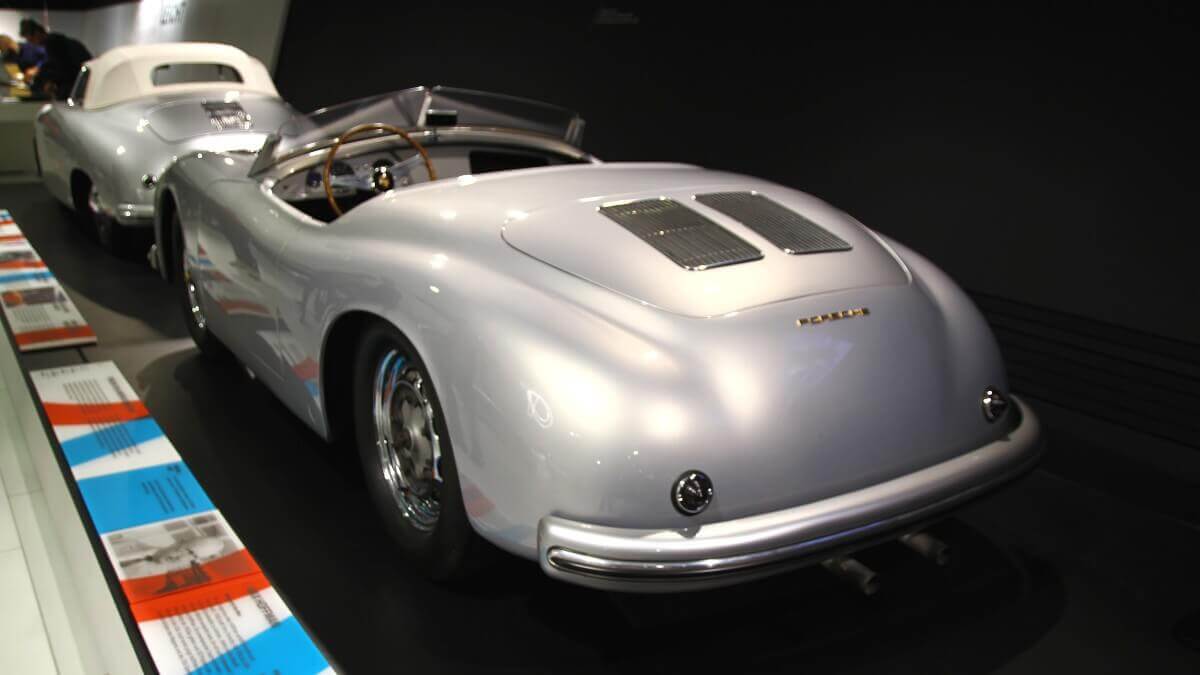



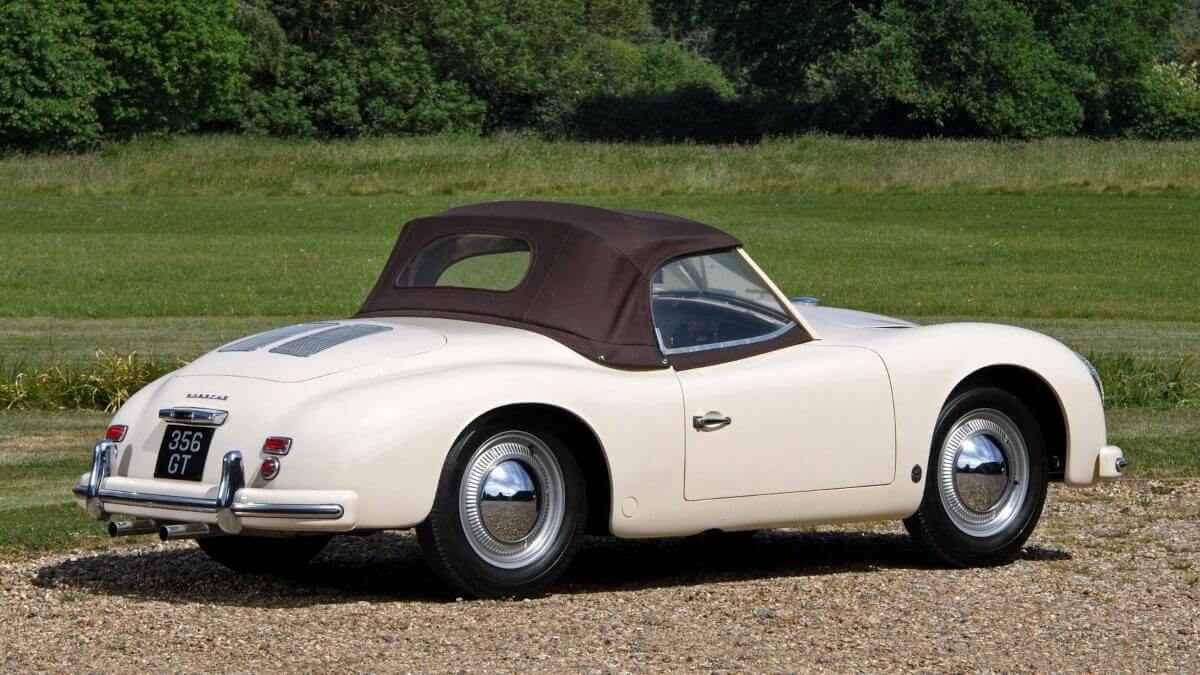



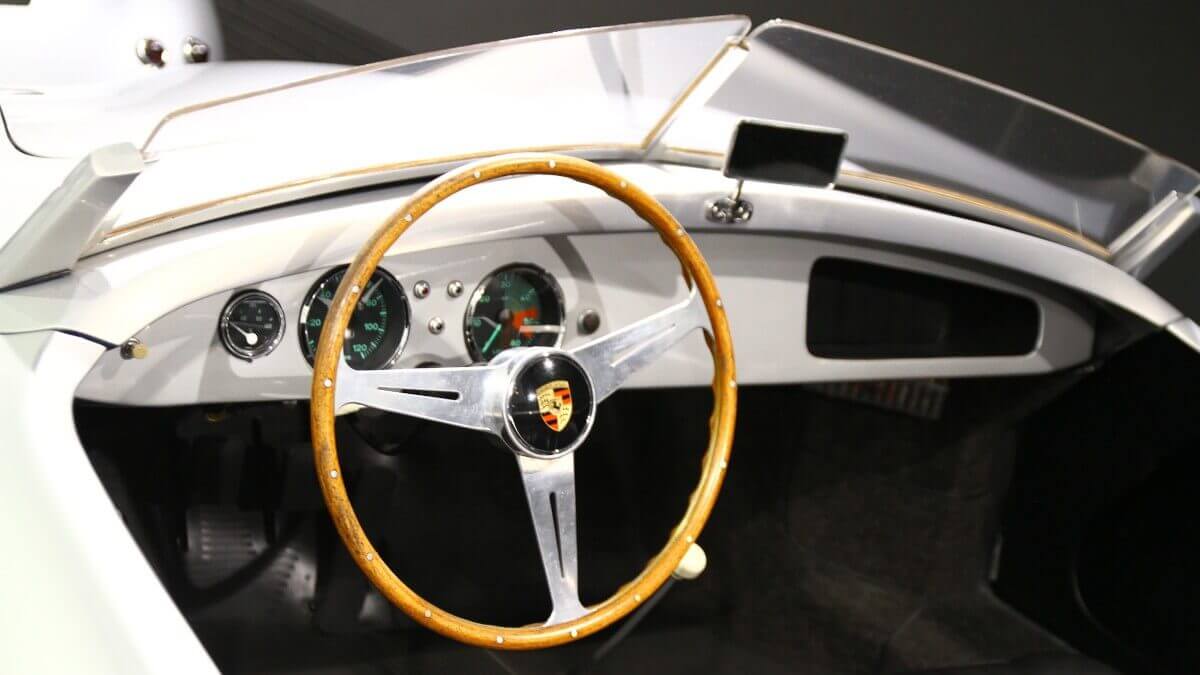



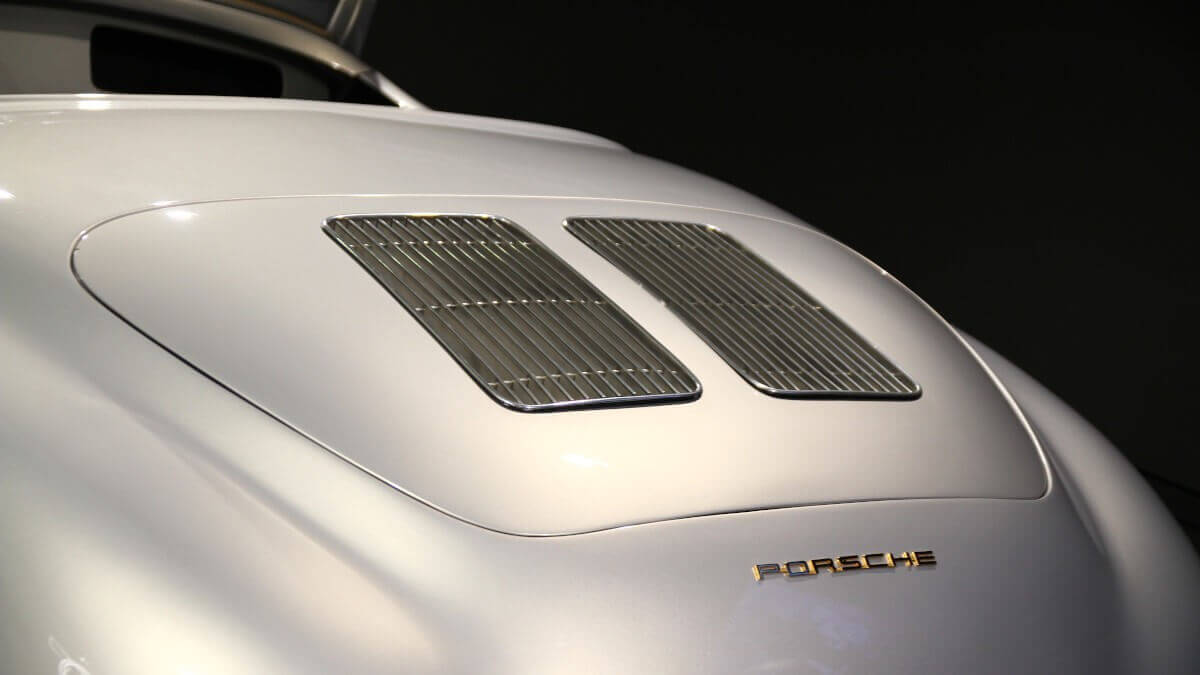







Porsche took this wish very seriously, as Hoffman already ordered a considerable part of the respective annual production and sold it in the USA. Since Reutter didn’t have sufficient capacity to produce even more cars in 1952, Porsche worked together with Gläser-Karosserie GmbH, another German coachbuilder, to develop the basic features of a sporty open roadster with only two seats. Gläser had already existed since 1864 in Dresden, where horse-drawn sleighs and carriages were initially produced. The production site was heavily damaged towards the end of World War 2 and after reconstruction was absorbed by VEB Karosseriewerke Dresden (KWD). At the same time, the previous boss of Gläser had managed to move some important machines and tools to Ullersricht near Weiden in der Oberpfalz/Germany, where he continued to run Gläser-Karosserie GmbH. For Porsche, between 100 and 250 Cabriolet bodies of the 356 were handcrafted here, as well as the newly developed entry-level version, which was given the internal model code 540 and the official name ‘America Roadster’. As the open bodies were handmade of aluminium, the production costs were significantly higher than calculated, which led to the end of production in November 1952 after only 17 vehicles had been built.
In comparison to the normal 356 Coupé, Gläser was able to lighten the body by 60 to now 605 kilograms. This was achieved by installing lower-cut doors without external handles and a lightweight rain top. The windscreen is actually just a flat strip of glass, although there was also a larger version available, and for the doors, slot-on side windows could be ordered on request. The dashboard also only had a simple design. Apart from a steering wheel and round instruments for speed, revs and fuel level, there is only one switch to turn the headlights on and off. In addition there is a start button for the engine as well as the gear lever and the lever for the handbrake. In the rear, the strongest available four-cylinder boxer engine of the time with 70 hp from 1.5 liters of displacement was installed. With the exception of one vehicle, Porsche exported all 356 America Roadsters to the USA. However, the sales price was significantly higher than Max Hoffman had hoped for. Porsche therefore developed the 356 Speedster for 1953, whose simplified production principle reduced the price to two thirds of the America Roadster and thus guaranteed a sales success. Although the Speedster achieves high prices nowadays, the rarity of the 356 America Roadster means that in the rare cases of a sale, it can fetch mid-seven-figure sums. The vehicle we are showing is number 17 of 17 and belongs to the Porsche Museum. Recently, it has been repainted in the original white color it showed when it left the halls of Gläser back in 1952.
Images: Porsche, Concours of Elegance, Matthias Kierse




